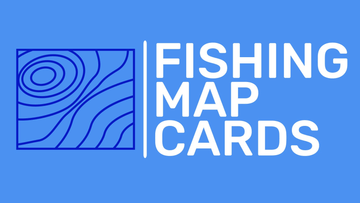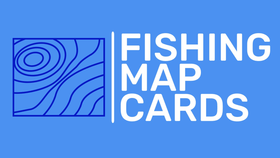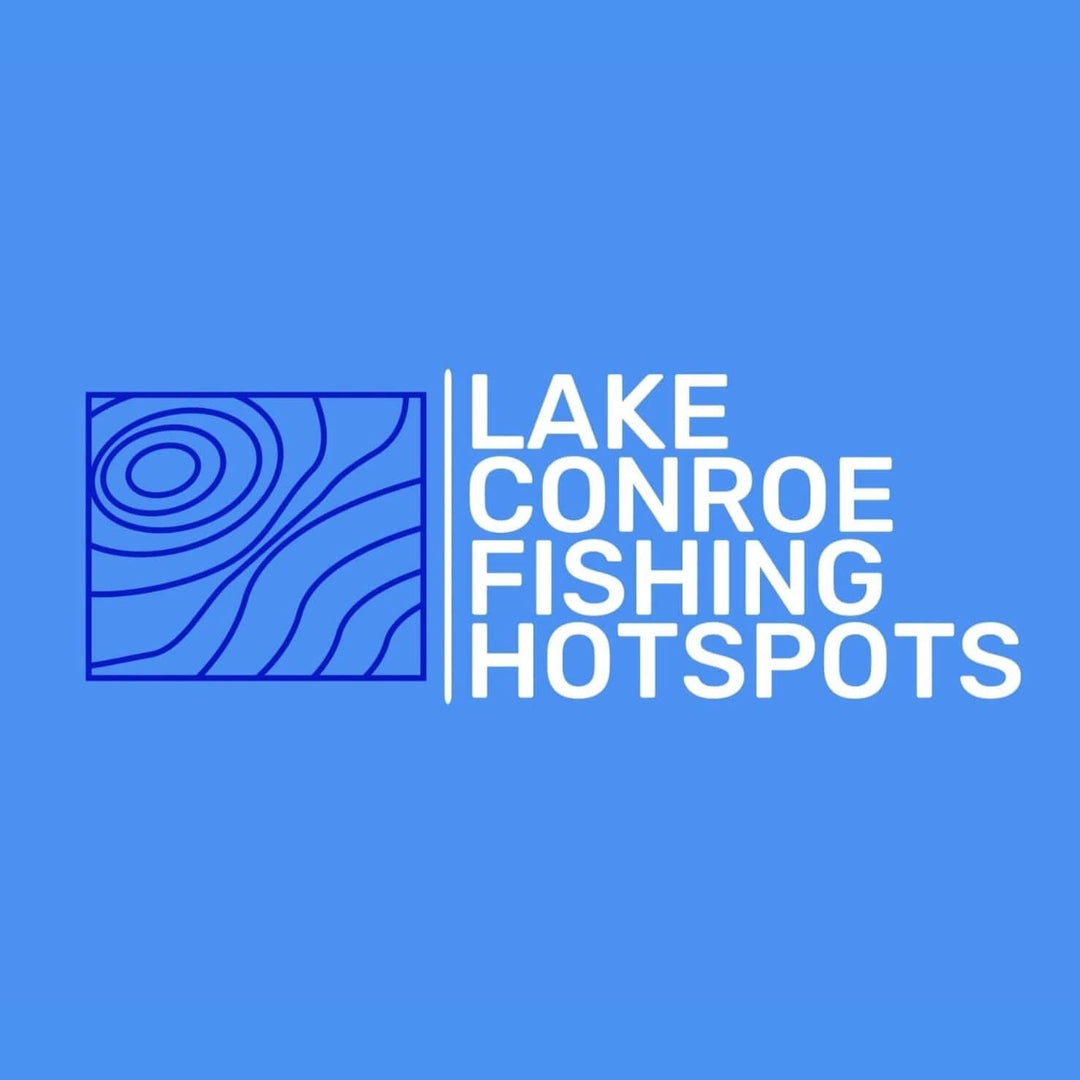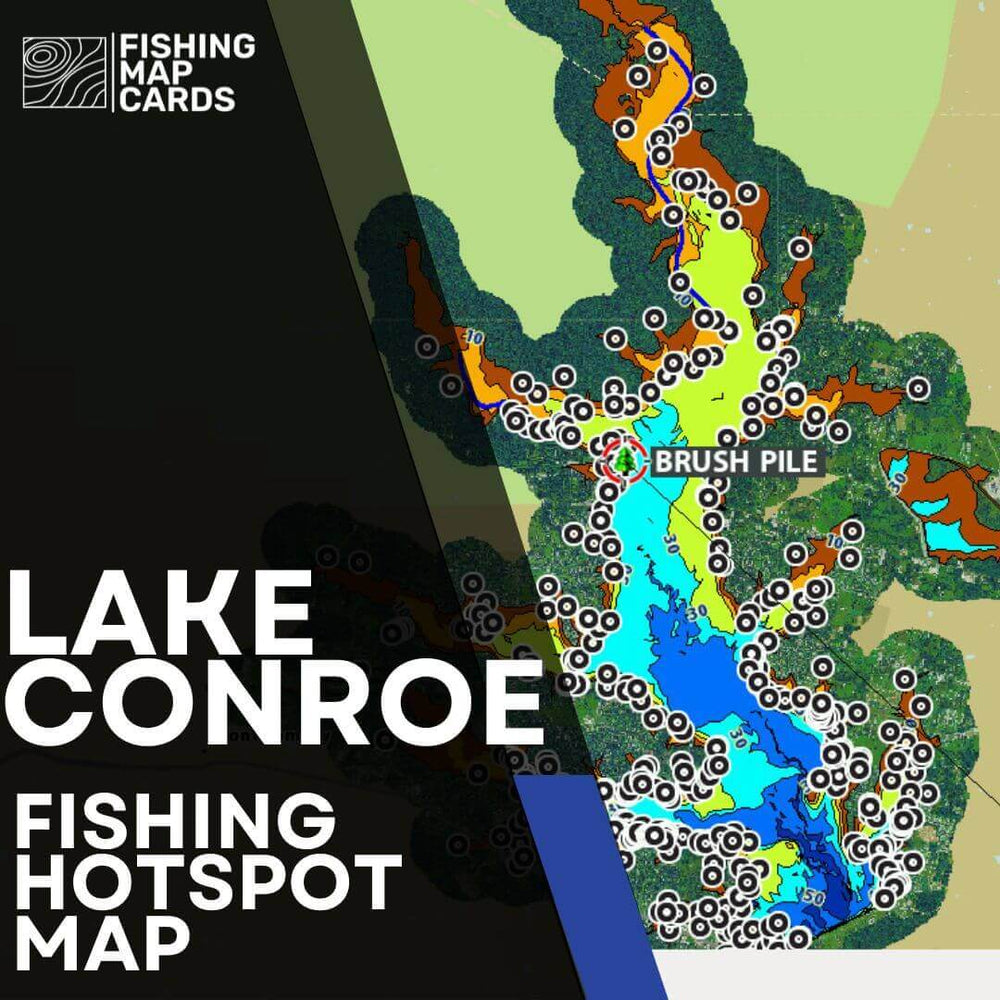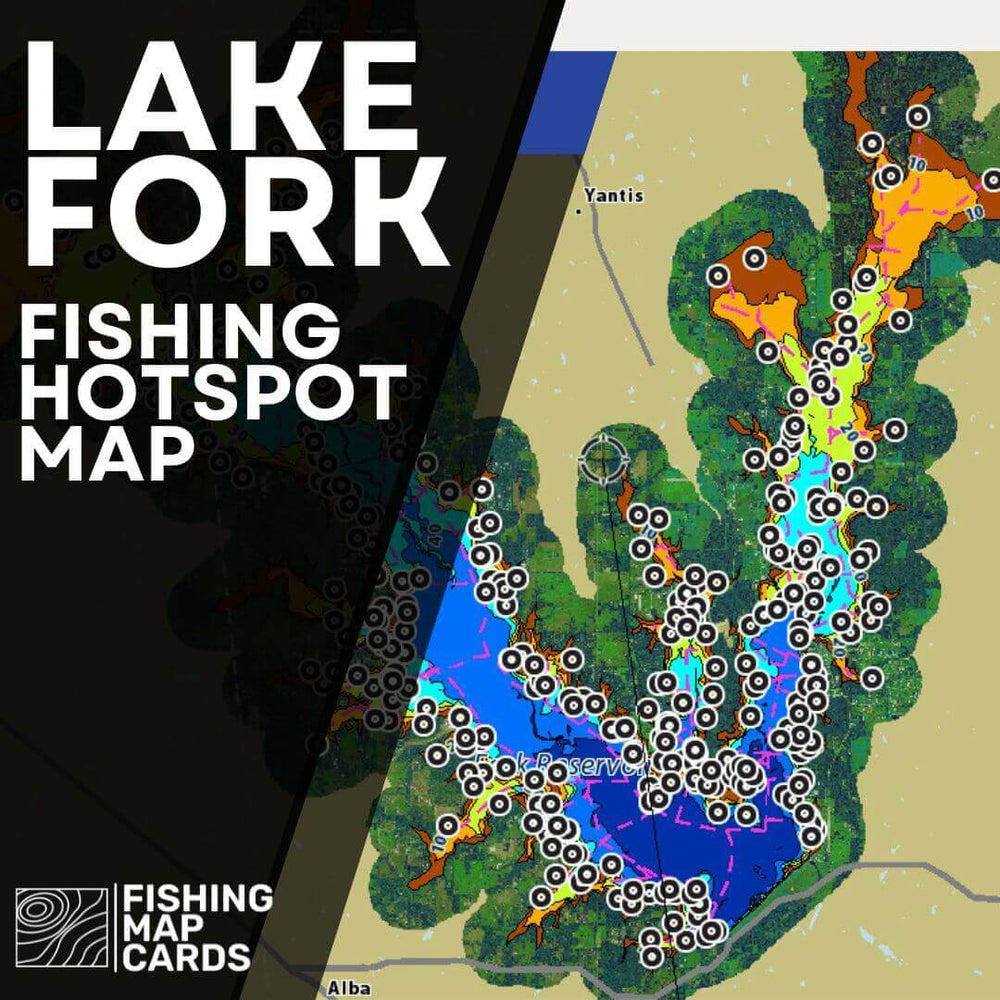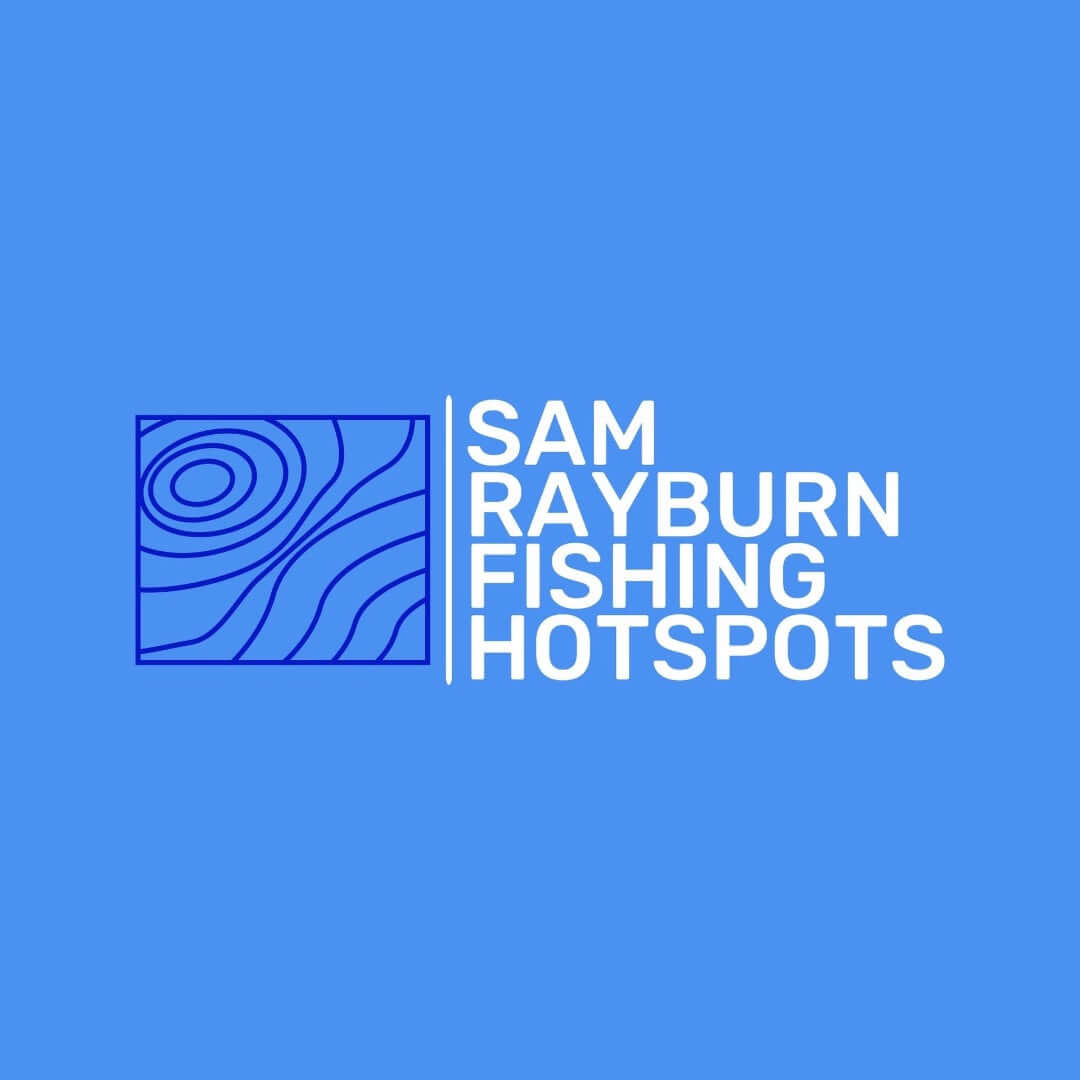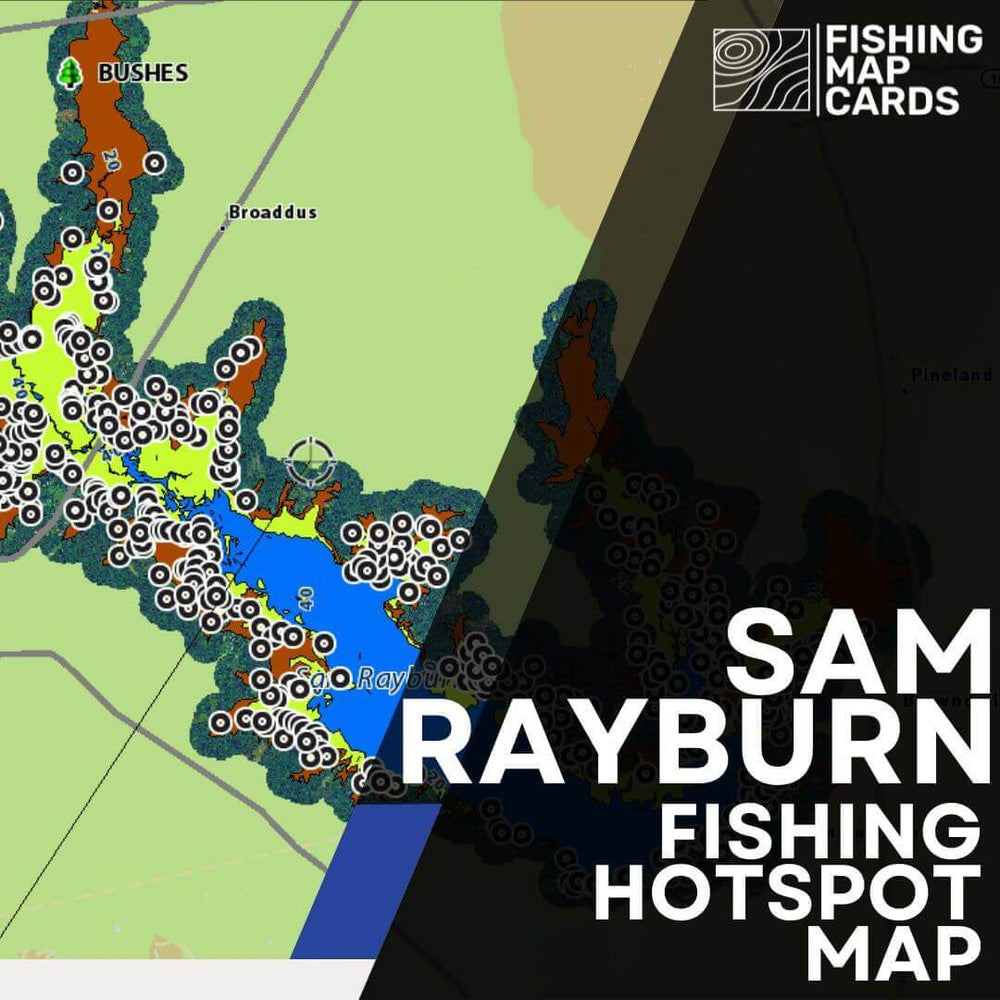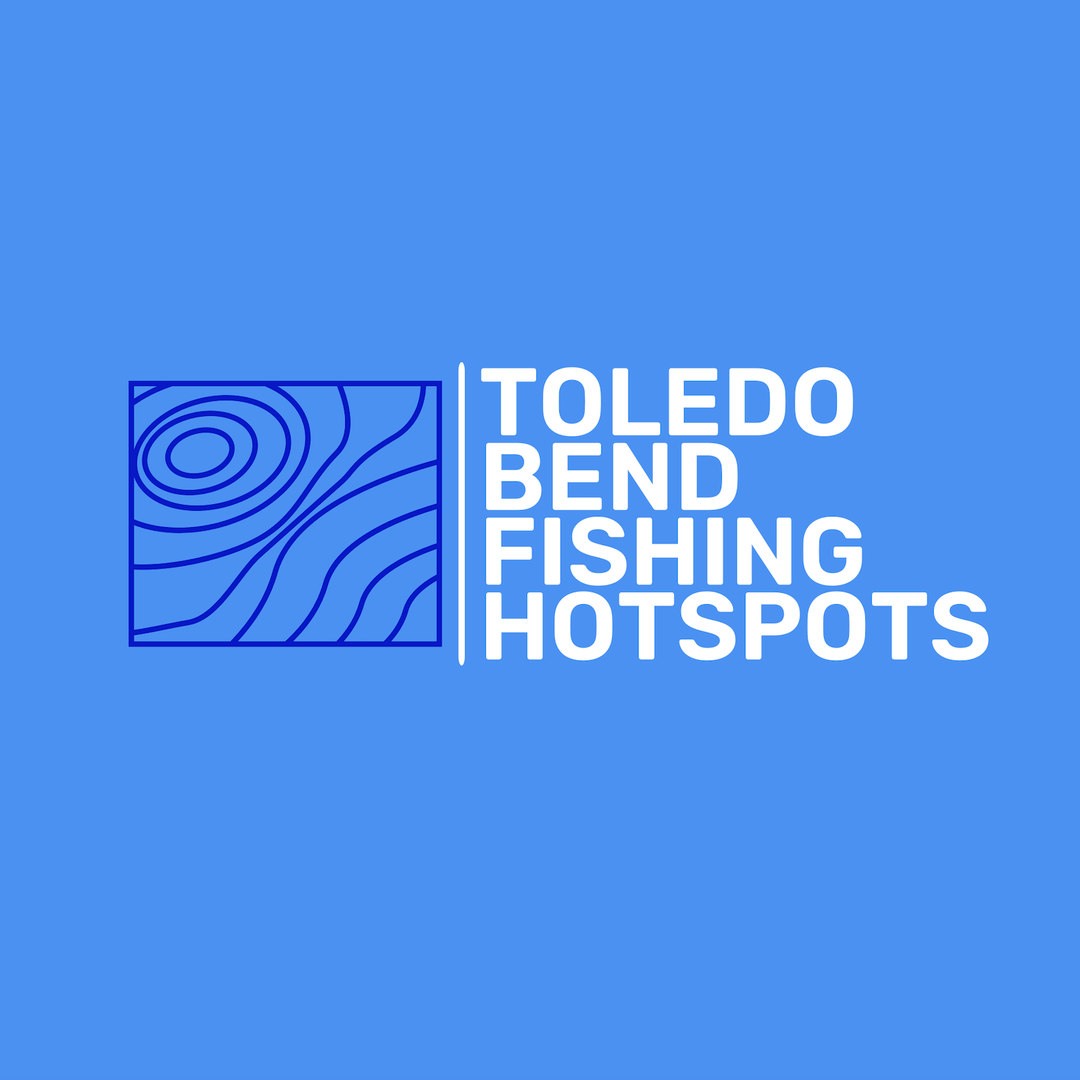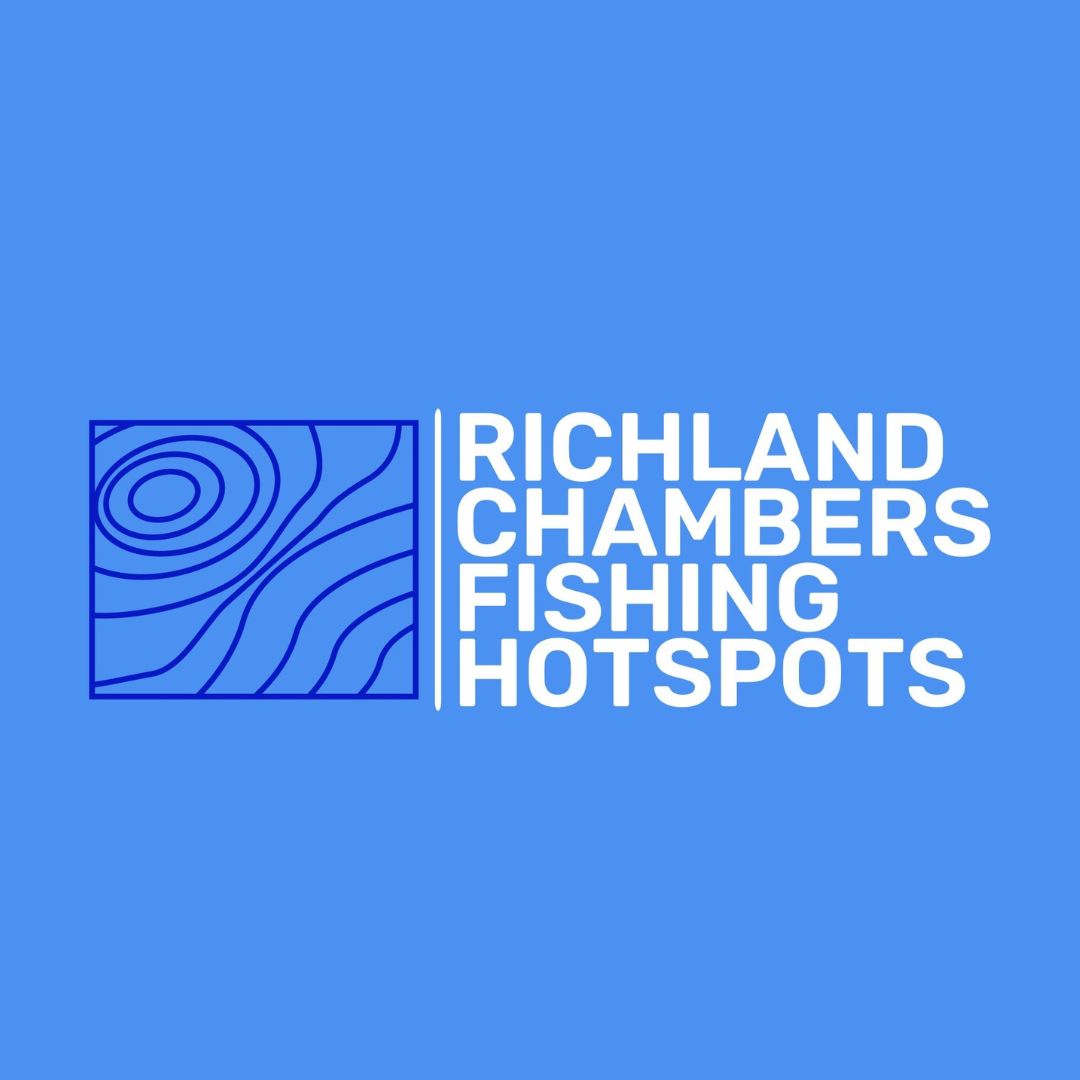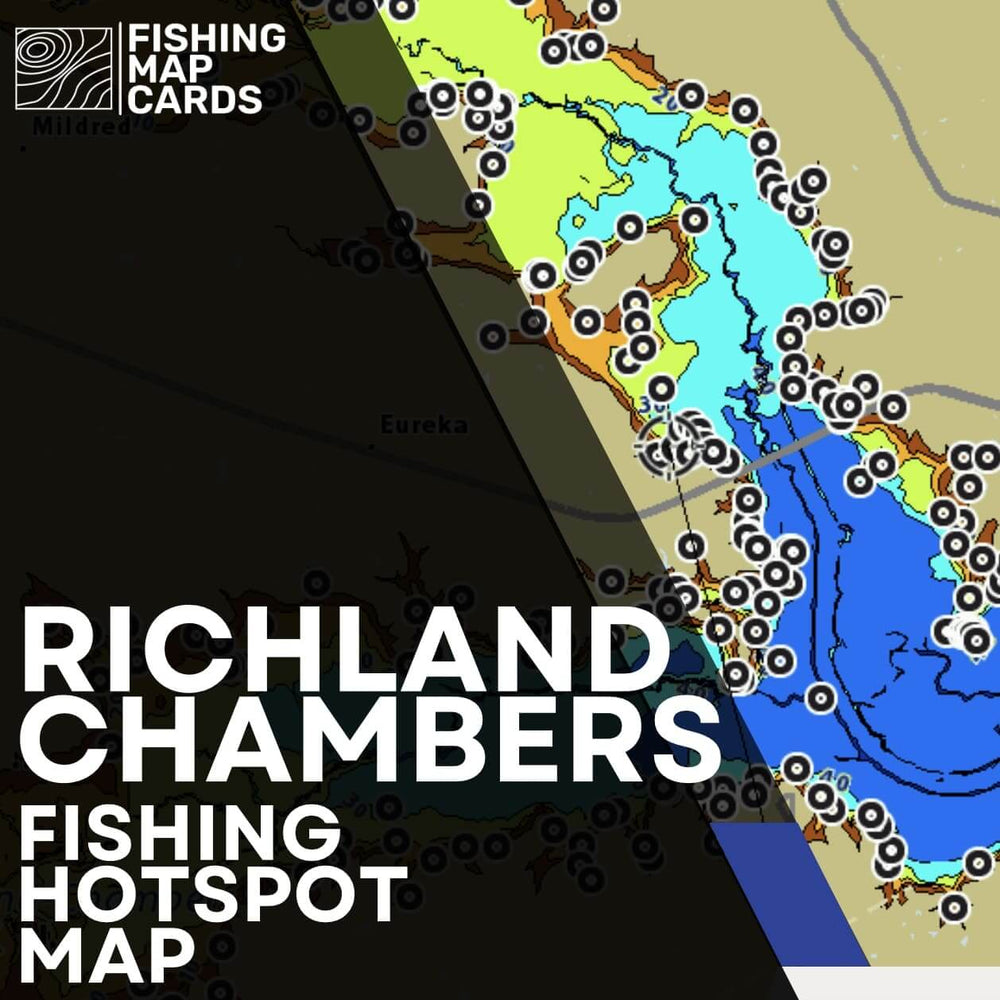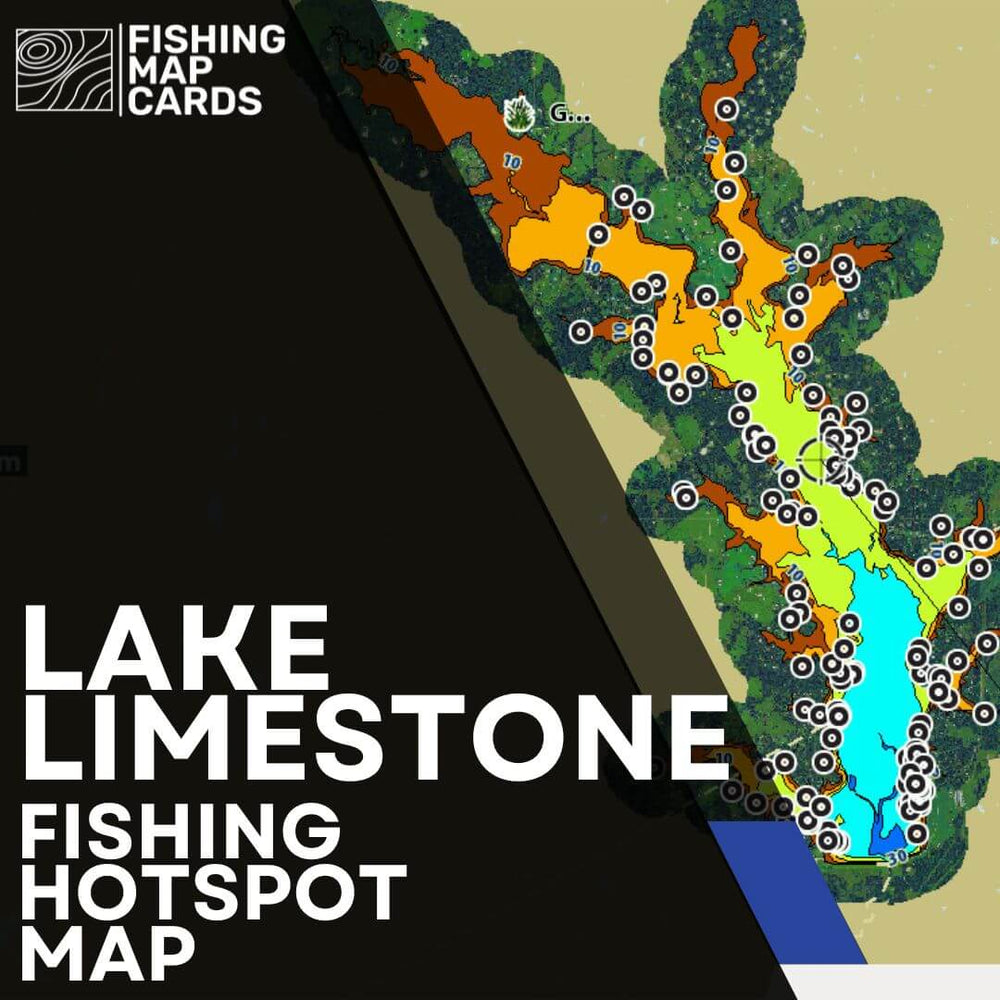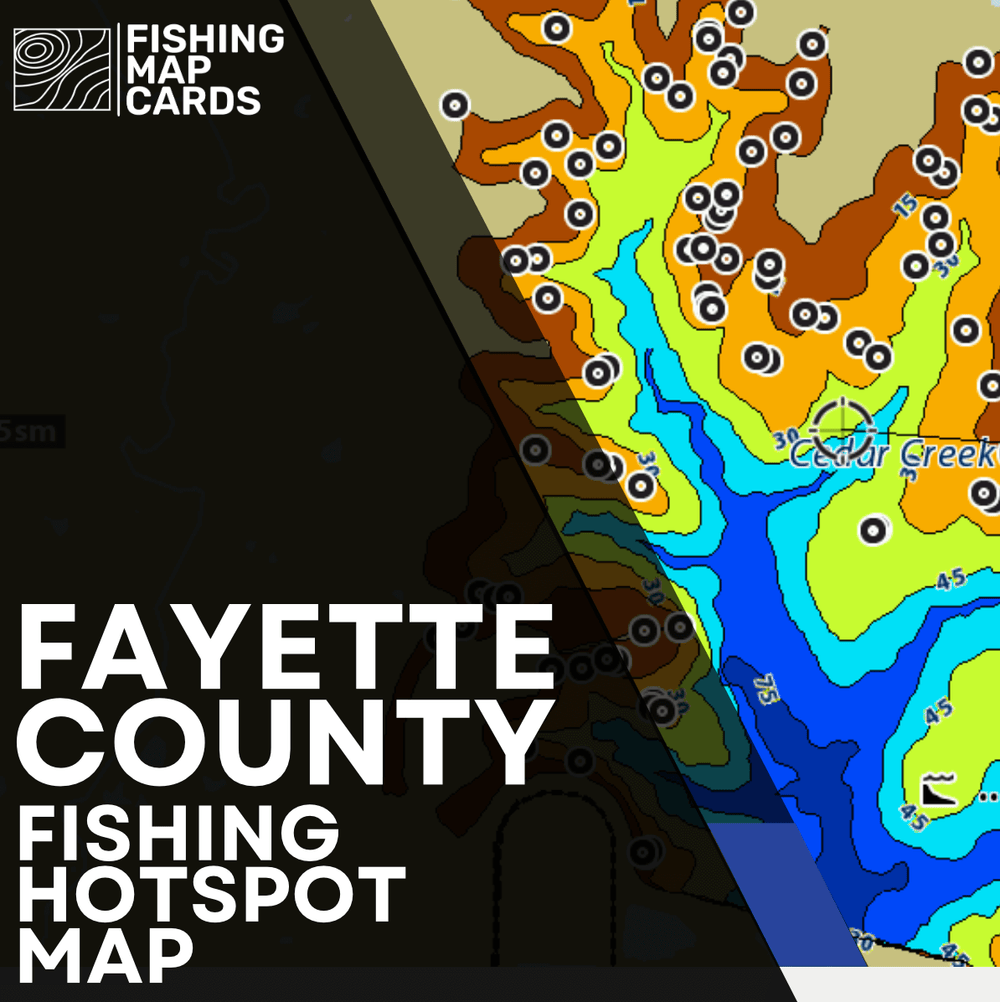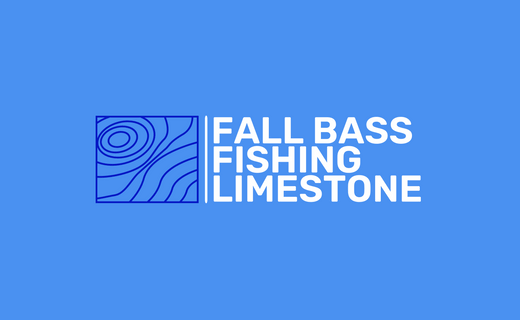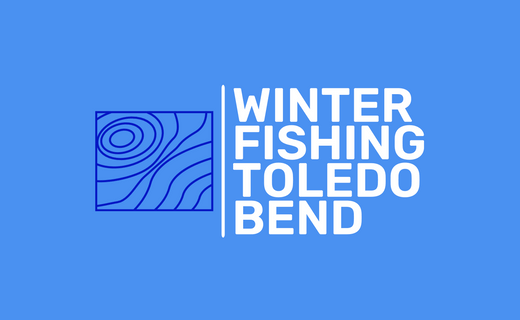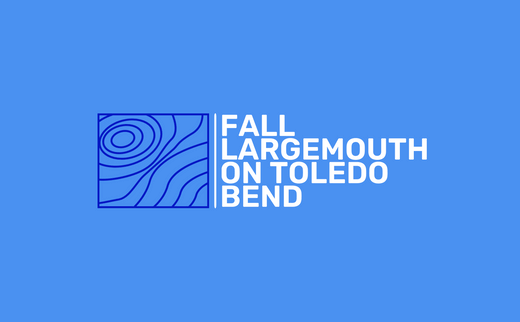1. Jigs – The Crappie Angler's Staple
Jigs are perhaps the most versatile and effective lure for crappie fishing, especially on Toledo Bend. These small, weighted hooks come with soft plastic bodies or feathered skirts that mimic the movement of baitfish.
When to use them: Jigs are excellent year-round but truly shine during the spring when crappie move into shallow water to spawn. Casting a jig near submerged brush, timber, or grass beds can result in multiple hookups in a short time.
Best colors: On Toledo Bend, white, chartreuse, and black/blue combinations tend to produce the best results, as they stand out in the lake's varying water clarity.
2. Minnow-Tipped Jigs
Crappie love minnows, and tipping your jig with a live or artificial minnow can increase your chances of a bite. This combo provides both the visual appeal of the jig and the scent and movement of the minnow.
When to use them: This setup works best in slightly deeper water, particularly around underwater structures such as standing timber and brush piles. During the post-spawn period, when crappie move to deeper areas, the added minnow can entice bigger fish to bite.
Pro tip: Slowly bounce the jig off the bottom or use a vertical jigging technique near drop-offs, which crappie often use as ambush points.
3. Spinners and Road Runners
Spinners, particularly the Road Runner variety, offer crappie anglers the added attraction of flash and vibration. These lures combine the appeal of a jig with the added action of a spinner blade, making them irresistible to crappie in murky or stained water.
When to use them: Spinners are particularly effective in low-visibility conditions or when crappie are more spread out. Casting and retrieving them along creek channels or drop-offs can help you cover a lot of water quickly, increasing your chances of finding a school of crappie.
Best colors: Silver or gold blades paired with brightly colored bodies like pink, orange, or chartreuse work well on Toledo Bend, especially on overcast days.
4. Crappie Tubes
Crappie tubes are soft plastic lures with tentacle-like ends that move enticingly through the water. They mimic small baitfish and insects that crappie love to feed on.
When to use them: These are ideal for slow presentations when crappie are lethargic, such as during colder months. Drop-shotting or vertically jigging crappie tubes near brush piles and standing timber is a proven technique.
Best colors: In clear water, natural colors like pearl or silver work best. In murkier waters, opt for bold colors like chartreuse, red, or purple.
5. Crankbaits
While typically associated with bass fishing, small crankbaits can be incredibly effective for crappie, especially when targeting larger fish. These lures dive to different depths depending on their design and can be used to cover lots of water.
When to use them: Crankbaits are great when crappie are suspended in deeper water, such as in the summer or winter months. Slowly trolling crankbaits along drop-offs or over deep brush piles can result in some of the biggest crappie catches.
Pro tip: Look for crankbaits that dive to the specific depth where you’ve marked crappie on your fishfinder, often around 8-12 feet.
Bonus Tip: Finding Crappie on Toledo Bend
While having the right lure is essential, knowing where to fish is just as important. Toledo Bend is a massive lake with countless coves, creeks, and underwater structures where crappie hide out. Using a detailed fishing hotspot map of Toledo Bend can help you pinpoint crappie-heavy zones like submerged brush piles, creek channels, and ledges. Pairing this knowledge with the right lure will greatly increase your chances of success on the water.
Final Thoughts
Crappie fishing on Toledo Bend can be both exciting and rewarding, but having the right lures in your tackle box is crucial. Whether you prefer jigging near structure, trolling with crankbaits, or using the flash of a spinner, these lures will help you catch more crappie. Combine these techniques with accurate mapping and scouting, and you’ll be well on your way to filling your livewell. Happy fishing!
